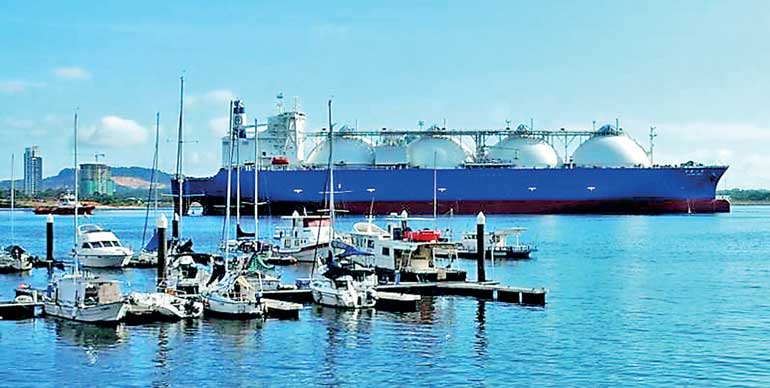Friday Dec 19, 2025
Friday Dec 19, 2025
Monday, 8 January 2018 00:00 - - {{hitsCtrl.values.hits}}

SINGAPORE (Reuters): China will become the world’s second-biggest importer of liquefied natural gas (LNG) this year as it overtakes South Korea, shipping data in Thomson Reuters Eikon showed.
This is a huge boost to Asia’s emerging spot market as Chinese buyers rely much more on short-term purchases to meet their needs than their counterparts in Japan and South Korea.
Shipping data in Thomson Reuters Eikon shows that China’s imports of LNG will have risen by more than 50 percent in 2017 compared with the previous year to around 38 million tonnes.
Comparatively, import-dependent Japan and South Korea will have taken around 83.5 million tonnes and just over 37 million tonnes by the end of the year, respectively.
Analysts, though, say China’s LNG imports will rise further.
“We are expecting to see even higher surges in winter demand over the next three to four years as the Chinese government pushes more broadly its gas-for-coal drive,” said Wang Wen, Beijing-based gas analyst with consultancy Wood Mackenzie.
Game changer
China’s soaring LNG import demand is a result of a huge government gasification program that saw millions of households switch from using coal for household heating this year to natural gas.
Beyond virtually doubling Asian spot LNG prices <LNG-AS> since June to $11.2 per million British thermal units (mmBtu) – their highest since November 2014 – China’s rapid growth in purchases also changed the structure of the market.
Despite efforts to change the market, LNG trading has remained dominated by long-term contracts under which fixed monthly volumes are supplied at prices linked to the oil market, although within certain prices ranges. Such deals have been preferred by Japan and South Korea, which meet all their gas demand through LNG imports, as it gives them security of supply and prevents price volatility.
China is different. It has significant domestic natural gas reserves and also brings in supplies via pipeline from Central Asia.
This means its utilities may order LNG cargoes only when they require gas at short notice – for instance during the current winter cold snap and supply crunch – possibly bringing a sudden spurt of purchases to a spot LNG market that in the past has seen limited activity.
“China will surely become a key driver for Asian spot LNG prices,” Wang Wen said. Japan, China and South Korea together make up 60 percent of global LNG demand.
The world’s biggest LNG producers are Qatar, Australia and Malaysia, which together meet around 60 percent of global demand. US exports are also surging thanks to the shale oil and gas production boom in North America.